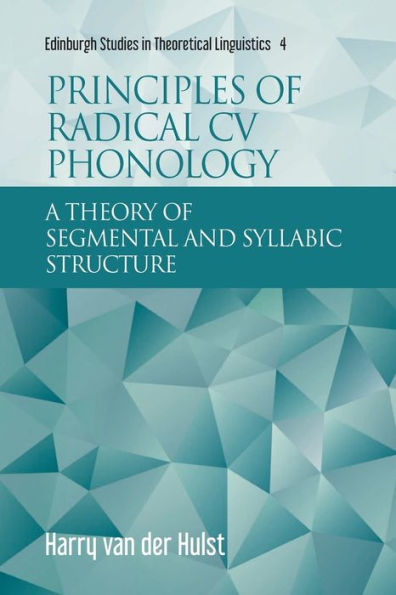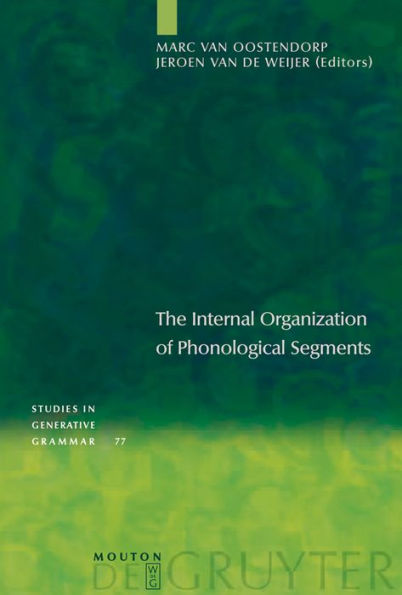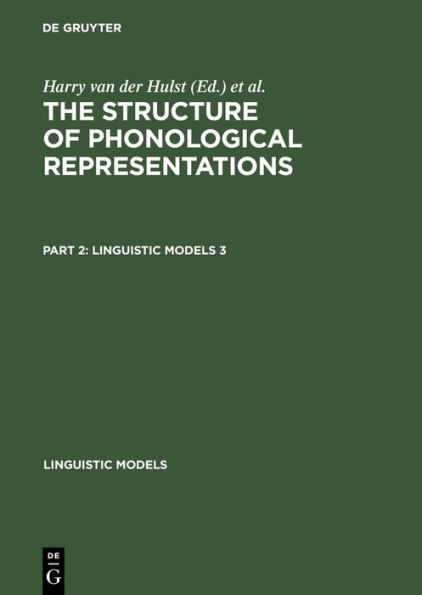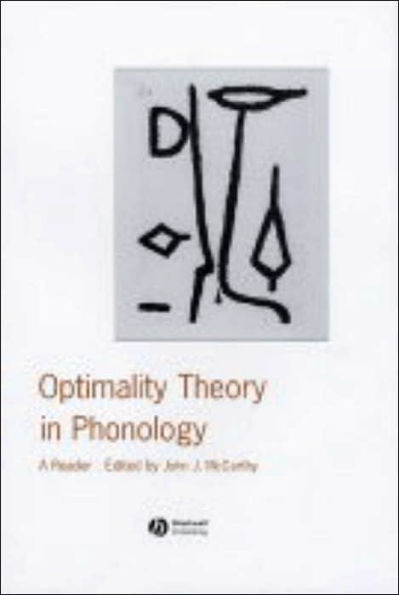Home
Principles of Radical CV Phonology: A Theory Segmental and Syllabic Structure
Loading Inventory...
Barnes and Noble
Principles of Radical CV Phonology: A Theory Segmental and Syllabic Structure
Current price: $200.00


Barnes and Noble
Principles of Radical CV Phonology: A Theory Segmental and Syllabic Structure
Current price: $200.00
Loading Inventory...
Size: Hardcover
*Product Information may vary - to confirm product availability, pricing, and additional information please contact Barnes and Noble
Harry van der Hulst’s model of Radical CV Phonology has roots in the framework of Dependency Phonology, but proposes a rather different ‘geometry’, which reduces the set of unary elements to just two: |C| and |V|. The model explains the phonological distinctions that function contrastively in the world’s languages rather than presenting it as a ‘random’ list.
Van der Hulst shows how this model accounts for a number of central claims about markedness and minimal specification. He explains how the representational system accounts for phonological rules and shows how this theory can be applied to sign language structure. Through comparison to other models, he also provides insight into current theories of segmental structure, commonly used feature systems, as well as recurrent controversies.
Van der Hulst shows how this model accounts for a number of central claims about markedness and minimal specification. He explains how the representational system accounts for phonological rules and shows how this theory can be applied to sign language structure. Through comparison to other models, he also provides insight into current theories of segmental structure, commonly used feature systems, as well as recurrent controversies.

















